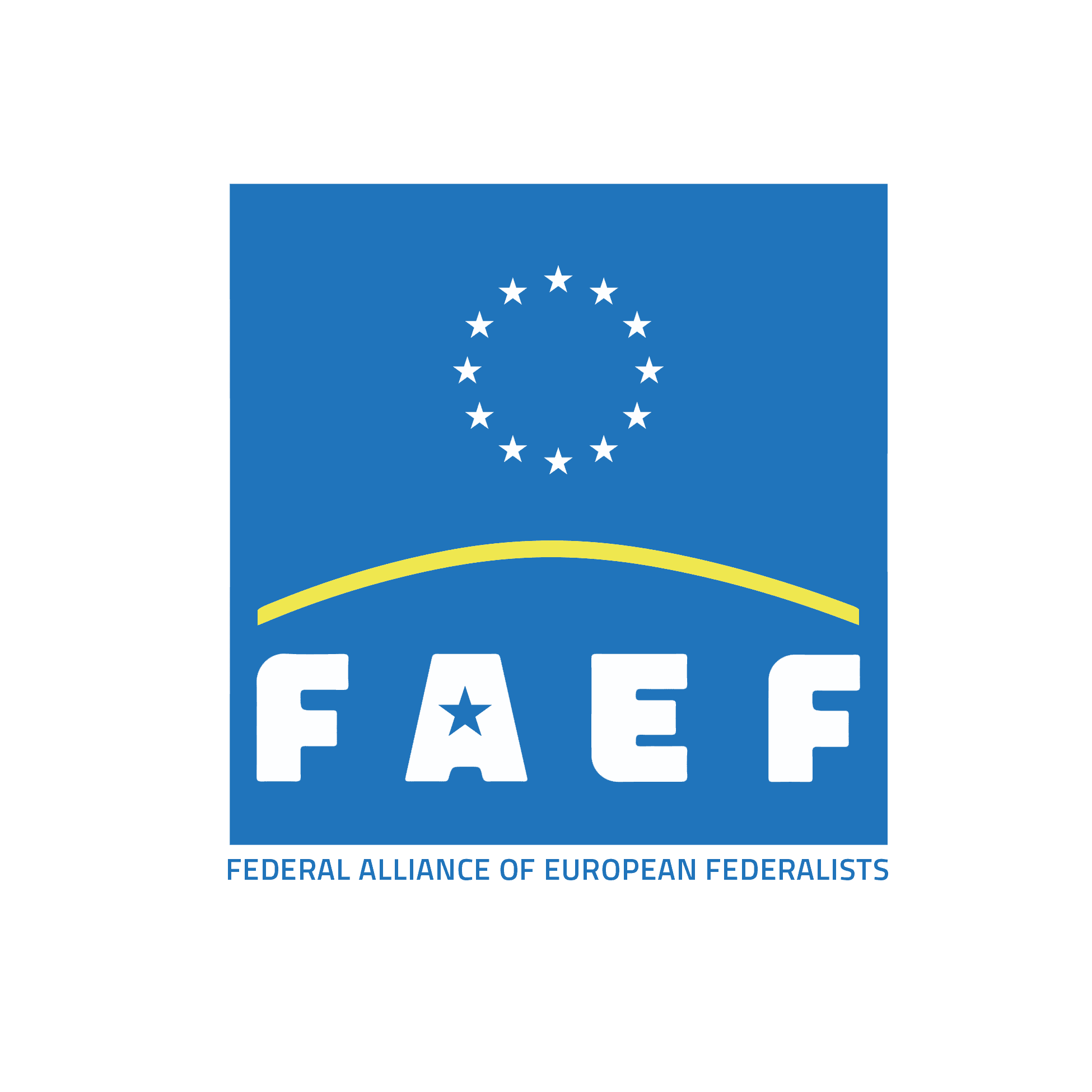Dear signatories of our petition,
You are receiving this update because you signed this petition SOS Europe – A call for unity: give Europe a democratic federal Constitution.
I have good news: we now have more than 500 signatures.
In the coming weeks, I will update you on the status of the petition, how many signatures we need, our strategy to collect more and more signatures, what role you can play and how we plan to involve the people of Europe.
I will not only show you the status of the petition, but also send short updates and videos about us, the Federal Alliance of European Federalists, and about the call to bring the Constitution of the Federated States of Europe to the vote of citizens.
Here is the list of the updates we will send you in de coming weeks:
- The origin of federalism
- The Federal Alliance of European Federalists (FAEF)
- The Citizens’ Convention
- The current status of the petition
- How many signed petitions do we want to achieve and why?
- What is a Federation?
- What are common European interests and who defines them?
- Examples of private and public federations
- How are strong federations built?
- What interest do European Citizens have in a federal Europe?
- The status of the petitions
- The content of FAEF’s federal constitution
Mauro Casarotto,
Secretary General FAEF
Thinking in terms of rule of law and federal organisation already began 2000 years before Christ in the Codex of King Hammurabi (c. 1755 B.C.) of the Babylonian Empire. In the following centuries, political philosophers formulated the constitutional and institutional building blocks for federal organisation step by step. The Philadelphia Convention in 1787 used them to create the world's first federal constitution.
Today, 27 federal states house just over 42% of the world's population. Despite many attempts since 1787 to federalise Europe as well, this has always failed.
These failures all had one element in common: as soon as a social initiative to create a federal Europe reached the level of political decision-making, the initiative was killed. The leaders of those social actions always made the same mistake. They assumed that the establishment of a federal state had to take place through the use of treaties and intergovernmental agreements. No federalist initiative in Europe went back to the methodology of the Philadelphia Convention: making a federal constitution of, by and for the people, approaching the people directly and thus bypassing the political institutions.
The world's first concrete federal state was thus created by daring to step out of the box by first submitting the ratification of the constitution to the people of the thirteen confederate states, the former British Empire colonies. Only when the people had spoken did institutions come into play. But that was only a formality because the founding fathers had decided that if the people of nine of the thirteen states had approved the constitution, then the federation as such would be established and would begin to work.
This is the birth certificate of the Federal Alliance of European Federalists in 2018 that inspired the works of FAEF Citizens’ Convention and the creation of the Constitution of the Federated States of Europe. I will explain this in more detail in the next update.
Mauro Casarotto,
Secretary General FAEF
